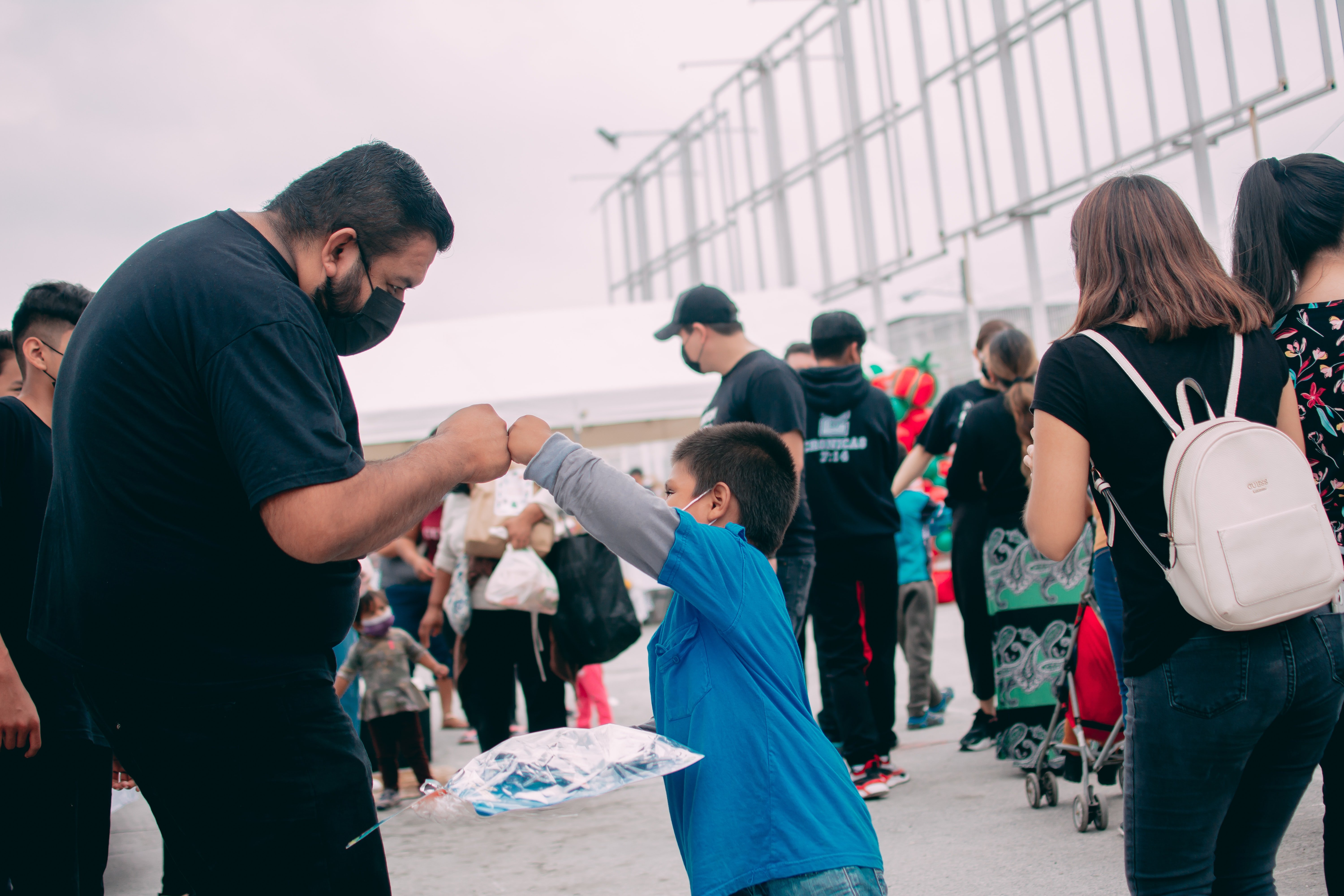
Can Ethical Storytelling Help Close the Great “Us vs. Them” Divide?

Regardless of your point of view, it is not hard to recognize the ever-widening American gulf that yawns between “Us” and “Them.” Culturally, politically, economically, socially, we are reminded every day of the sad polarity in our society. There are no shades of gray. False dichotomies prevail: “If you are not with me, you are against me.”
“Bipartisanship, compromise, and tolerance” somehow are synonymous with “capitulation, appeasement, and weakness.”
This gulf itself is not a recent phenomenon, of course. In fact, it has grown steadily through the years, cultivated in a bed of very real political, economic, and cultural deficits, in which we as fundraisers, sadly, played a part.
For decades we were convinced that hyperbole was justified, as long as it opened the revenue sluice gates for our missions. The problem is, the stories we told frequently were built on a basic trope: Great Evils — Hunger, War, Disaster, Poverty, Pollution, Disease — happened to others. Often, we cast those “others” as victims of that Great Evil, thereby denying them dignity nor agency for repairing their lives. We cast our donors as “Saviors” for all those “others” in the world who would, presumably, view them as such.
We couched this casting under a shallow definition of compassion, assuming donors would experience some measure of self-gratification by helping these “others” (though, of course, not necessarily welcoming them as next-door neighbors.)
In this way, we shone a bright spotlight on the gap between haves and have-nots, and by doing so, contributed in our own way to society’s systemic inequities.
A Hand Out, to A Hand Up, to A High Tide (That Floats All Boats)
Thankfully, in recent years, new and long overdue attention has been focused on changing the way we tell our stories. New thinking is emerging. Themes are shifting. Ethical storytelling is evolving.
Moreover, we are redefining the role of the donor, positioning her as one important partner in a triumvirate of change agents: donor, organization, and constituent. Furthermore, the constituent is no longer being positioned as the ultimate beneficiary. By actively benefiting from the support of organization and donor, the constituent now has the agency to succeed and is playing their own role in the greater good.
Thus, the ultimate beneficiary is community (family, neighborhood, state, country, planet, species, ecosystem, etc.). When one benefits, all benefit — donor included, because the community improves. The act of philanthropy, in other words, promotes a high tide that floats all boats.
The Late Great Evil
In March 2020, our world was upended. The pandemic had catastrophic impact on every community in America. This was not some Great Evil that struck others. Unlike traditional disaster response, virtually every American donor experienced COVID-19’s impact at close quarters — whether existential, economic, or cultural — in their own lives, in their families, and in their hometowns.
And never before had it become so clear to donors that helping anyone in the community helped all in the community. Speaking from a fundraiser’s point of view, if anything closed the “Us vs. Them” gap, it was the coronavirus pandemic. At least temporarily.
And it was not all self-serving fear. (Save our city! Save ourselves!) In recent primary research we conducted on Salvation Army COVID-19 donors, we found that those who made gifts during COVID-19 were much more likely to continue to do so if they themselves were directly impacted by the disease.
As an example, older donors were more motivated to give by stories of isolation and immobility if they experienced it themselves. Likewise, younger donors were motivated by stories of economic hardship and family food insecurity.
In short, the driver for many COVID-19 donors was empathy, not sympathy.
This finding feels like enlightenment. An opportunity for fundraisers to meet the needs of specific missions with proven stories and offers, and, in the process, do our part to repair our desperate social state.
What if … empathy, not sympathy, helped bridge the gap between Us and Them?
What if … the greater good of community (whatever your definition) trumped singular rescues?
What if… there were no heroes and victims, but partners committed to the common good?
What if … fundraisers could create new habits of philanthropy?
What if … those new habits of philanthropy became new habits of social behavior?
As you craft your fundraising strategies, remind yourself how and why so many American donors rose to the occasion during the pandemic, and ask yourself how we can leverage those behaviors in new ways as we deploy the tactics and tell the stories in the post-COVID era.
We enjoy a unique position: Marketers to American Hearts. As such, we can do our part to help vanquish the dark divisions in our society, by promoting a high tide that lifts all boats, and tell the stories that can convince our donors that helping any among us helps all of us.
